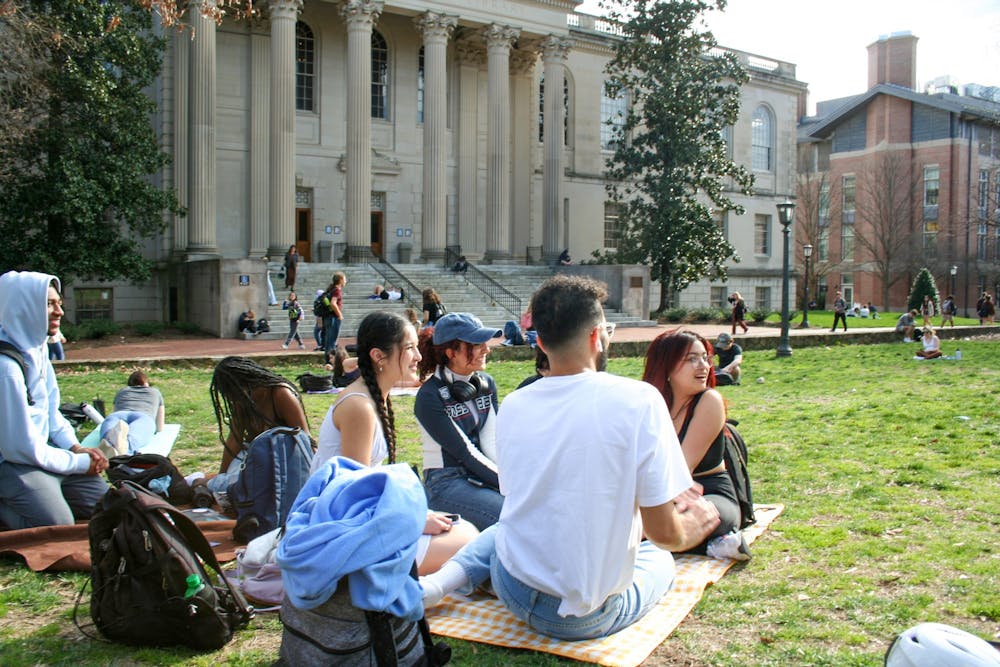National Weather Service data showed that the Southeast saw above-normal temperatures from Feb. 22 to Feb. 26, while the West and upper Midwest saw below-normal maximum temperatures by as much as 25 degrees.
WRAL Weather Executive Producer and Meteorologist Aimee Wilmoth said the warm weather may become characteristic of this time of year.
She said the polar jet stream sends different air masses in North Carolina's direction. Currently, the jet stream is far to the North, which is preventing cold air from reaching the state and "bottling" that air in the north.
Wilmoth said she has noticed a pattern of warm weekdays and cold fronts arriving on the weekends in the Triangle in February, a trend that she predicts will continue in the coming month.
“Looking at the extended forecast, it looks like above normal temperatures overall will continue for at least the next two weeks, and looking even three to four weeks out, it looks like temperatures here will be above normal,” Wilmoth said.
The state, she said, is also currently experiencing a La Niña weather pattern. This causes colder, stormier winters in the North and warmer, less stormy winters in the South.
“I think that as the globe continues to warm, we’re going to have warmer winters,” Wilmoth said. “While we can’t attribute global warming to today’s warmth, or tomorrow’s warmth, overall patterns show a general warming trend for not only North Carolina but a huge part of the globe.”
The Earth’s temperature has been steadily increasing since the 19th century and has risen by about two degrees Fahrenheit since 1880. The rate of increase has doubled since 1981, with the 10 warmest years on historical record all occurring since 2010, according to the National Oceanic and Atmospheric Association.
Wilmoth said these changes in temperature are part of the "big picture" of climate change.
It is rare for the Triangle area to not have snowfall by this point in the season and Wilmoth said she doesn’t see any predicted.
“It is really unusual to not get anything, but there is nothing in the extended models that shows snow for us,” Wilmoth said. “While we can get snow in March, just with that overall pattern of above-normal temperatures, I don’t think it’s very likely that we’ll get snow.”
The most recent winter in Raleigh without any measurable snow was in 2005-2006, according to N.C. State University's Climate Office.
To get the day's news and headlines in your inbox each morning, sign up for our email newsletters.
@annagrace342
@DTHCityState | city@dailytarheel.com



